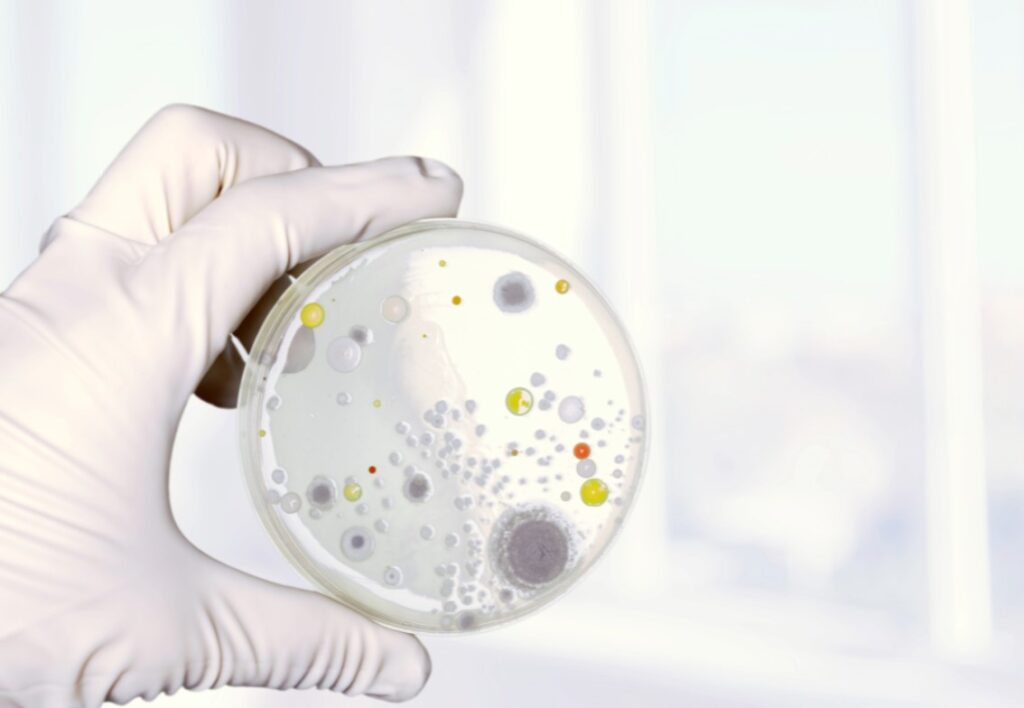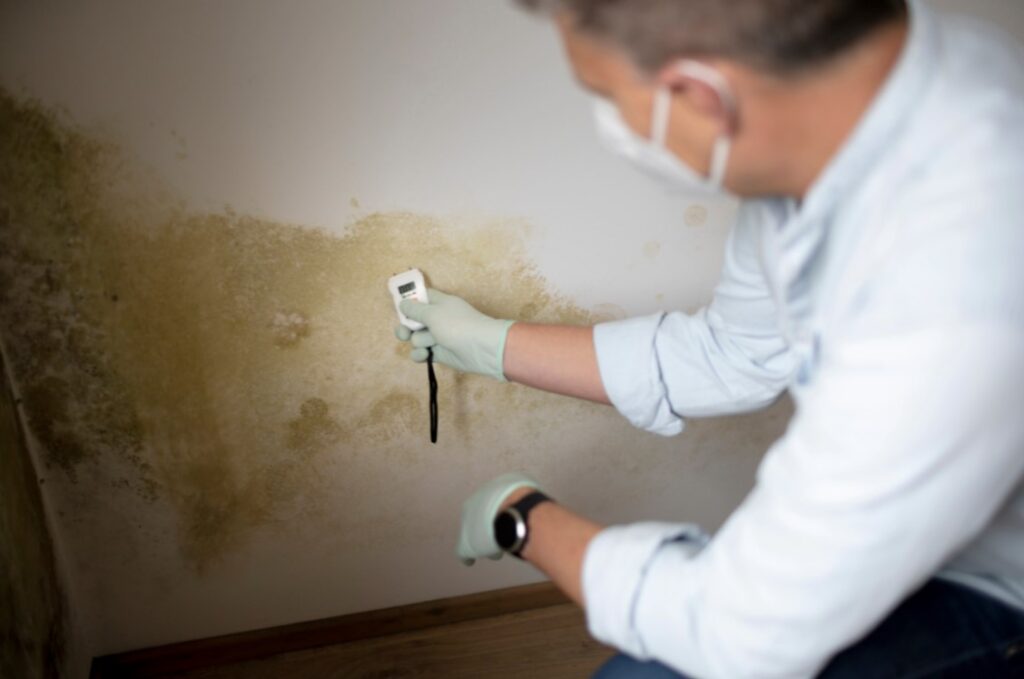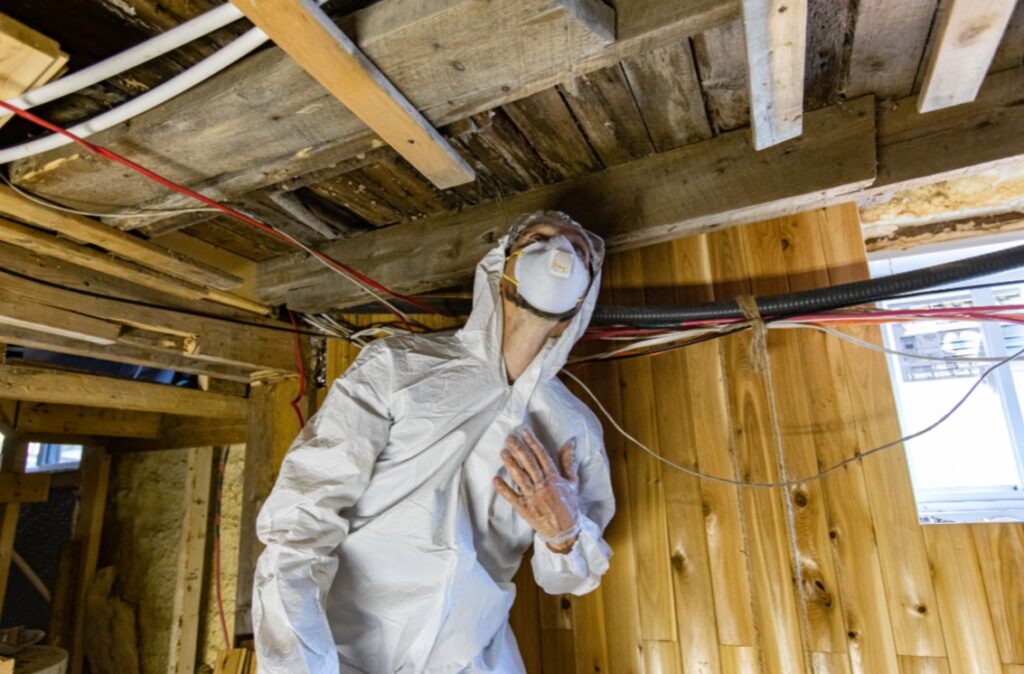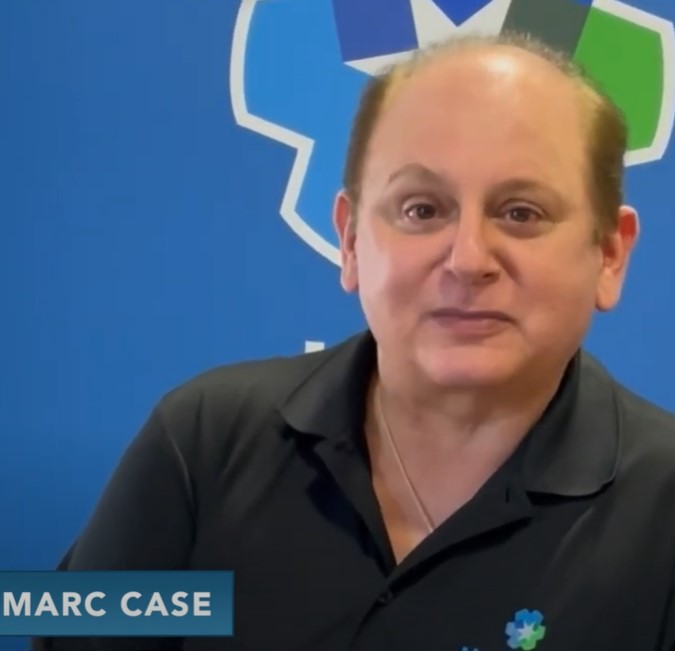
Mold clearance testing is essential to verify the effectiveness of mold removal procedures. This test ensures a safe indoor environment, confirming successful mold eradication. It’s an important step in guaranteeing a mold-free space after remediation.
Mold thrives in unseen corners of homes and buildings, with over 50% of structures in the United States suffering from some form of mold infestation, as reported by the Environmental Protection Agency (EPA). After the completion of mold removal, you want to ensure a clean bill of health for your space. This is the purpose of a mold clearance test—an essential step in confirming the effectiveness of mold remediation efforts and guaranteeing a safe environment for the people who live there.
Why Mold Is a Serious Threat
Mold growth thrives in hidden spaces—behind ceiling tiles, inside air ducts, under flooring, or within moldy porous materials. According to the Environmental Protection Agency (EPA), over 50% of buildings in the U.S. report some level of mold infestation. And not all visible mold growth is the full story; mold often spreads unseen, producing airborne concentrations of mold that contaminate both indoor and outdoor air.
Health Risks from Mold Exposure
Exposure to airborne mold can cause serious health issues:
- Allergic reactions like sneezing, coughing, itchy eyes
- Aggravation of asthma and respiratory conditions
- Persistent headaches, fatigue, and skin irritation
- Severe symptoms in people with mold sensitivity or immune issues
These symptoms may be caused by inhaling mold spores or coming into mold contact via contaminated materials. That’s why appropriate personal protective equipment (PPE) and safe disposal methods—such as package mold contaminated materials separately from ordinary construction waste—are essential during and after mold testing and remediation.
What a Mold Clearance Test Includes
- Mold Test Results Review – A professional interprets the mold test results using standardized criteria, evaluating whether levels are within safe limits and if dead mold or mold damaged materials remain.
- Independent Inspection – A certified mold inspector—not involved in the remediation—should evaluate the property for any signs of lingering mold contamination.
- Air and Surface Sampling – Using professional air sampling and surface samples, inspectors assess airborne concentrations of mold spores and detect any visible mold that may still be present. Proper mold sampling protocols—as outlined by the American Industrial Hygiene Association (AIHA) and air conditioning engineers—guide this process.
Lab Analysis of Mold Samples – Bulk samples, mold samples, and air data are sent to accredited labs. Test results identify mold species and compare levels indoors to outdoor air, following EPA guidelines on acceptable mold levels.
Designing Mold Sampling Protocols
Effective mold sampling isn’t random. It requires a strategy:
- Take readings from both indoor and outdoor air
- Sample before and after remediation
- Use high efficiency particulate air (HEPA) vacuums for vacuum porous materials
- Include samples from suspected contaminated materials

Mold Clearance Testing vs. Visual Inspection
A room may look clean, but unless you conduct proper mold testing, you can’t be sure. Mold spores can remain suspended in the air or settle deep in porous materials. Even minor oversights during remediation can result in further mold growth or structural damage over time.
Understanding Mold Test Results
- Normal Indoor Levels: According to the AIHA, indoor mold levels should not exceed 1,000 spores per cubic meter, and should match or be lower than outdoor air levels.
- Elevated Counts: High readings may signal active mold growth is present. But type matters too—some mold species are harmful even at low concentrations.
- Symptoms Despite Clearance? If building occupants report musty or moldy odors after clearance, a second test may be warranted.
Added Benefits of Clearance Testing
Prevent Recurrence
A clearance test ensures that moldy building materials have been fully removed and that all mold control steps—such as sealing leaks, improving ventilation, and cleaning air conditioning systems—were effective.

Legal and Financial Protection
Provides documentation that contaminated materials removed were handled per regulations (e.g., only by registered pesticide applicators or experienced mold remediators).
Real estate sales often require proof of successful remediation.
Insurance companies may require a mold report showing test results from a certified mold inspector.
How to Prepare for a Mold Clearance Test
- Avoid disturbing treated areas—movement can release residual spores.
- Do not mix chlorine bleach solution or other potentially irritating cleaning solutions before testing.
- Eliminate skin contact and wear ordinary household rubber gloves if inspecting recently cleaned spaces.
Call the Pros: MasterTech Environmental Jersey Shore
MasterTech Environmental Jersey Shore serves Monmouth, Ocean, Burlington, and Cape May Counties with industry-leading mold testing and remediation support.
- Certified inspectors follow strict AIHA and NIOSH guidelines
- Experts in investigating potentially moldy areas
- Use state-of-the-art tools to assess indoor air quality, spot mold problems, and prevent mold growth
We don’t just clean up mold—we help ensure it won’t come back. Whether you’re a homeowner, property manager, or real estate agent, you need trusted verification that the mold problem is truly gone.
Don’t Skip the Clearance Test
Post-remediation mold testing is your only proof that a space is mold-free. Without it, you risk inhaling airborne mold, triggering health-related concerns, or facing structural damage from hidden regrowth.
A mold clearance test is not just a checkmark—it’s your peace of mind.
Call 732-716-2384 or Contact us to schedule your comprehensive mold inspection and testing in New Jersey
Sources:
- Environmental Protection Agency (EPA). “Mold Remediation in Schools and Commercial Buildings.” [https://www.epa.gov/mold/mold-remediation-schools-and-commercial-buildings]
- American Industrial Hygiene Association (AIHA). “Field Guide for the Determination of Biological Contaminants in Environmental Samples.” [https://www.aiha.org/guidance-and-resources/docs/default-source/guidance-and-resources/determination-of-biological-contaminants-in-environmental-samples-field-guide.pdf?sfvrsn=9e59c005_2]
- Indoor Air Quality Association (IAQA). [https://www.iaqa.org/]

